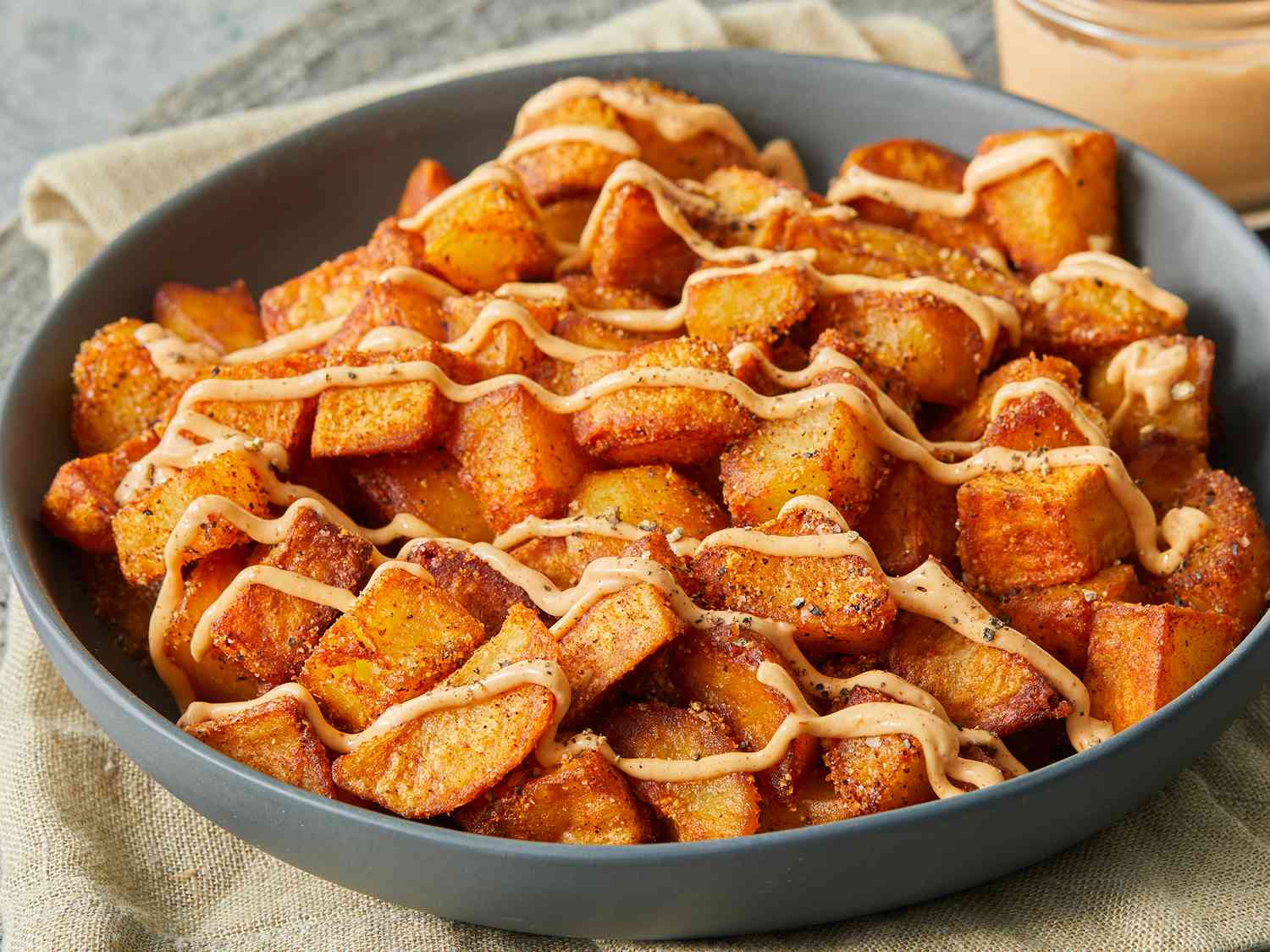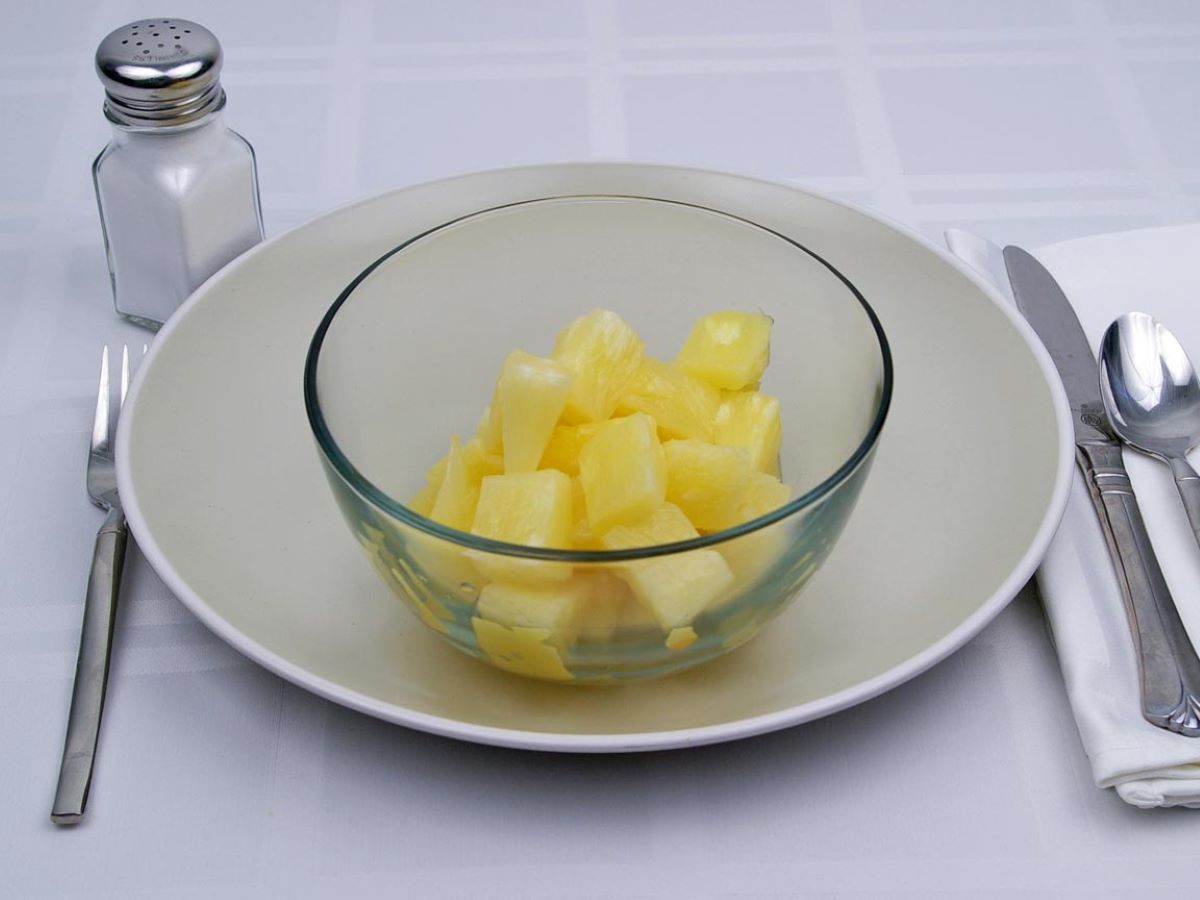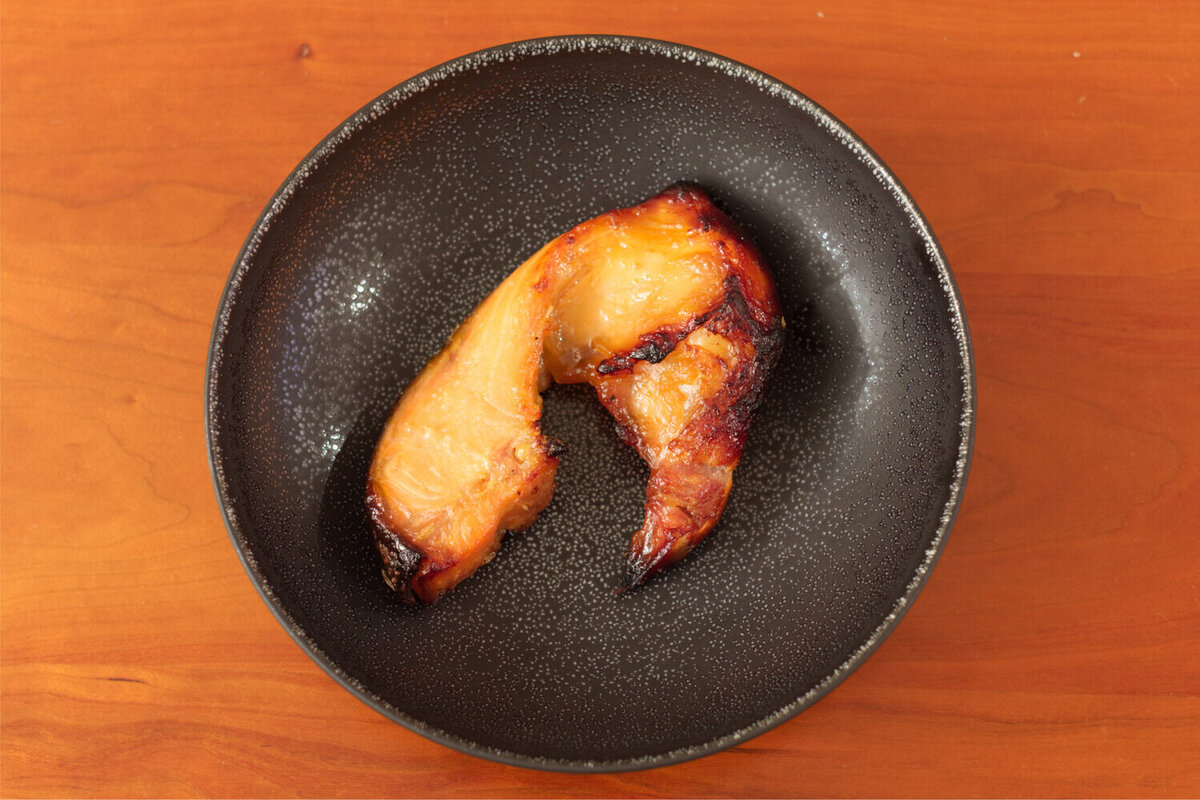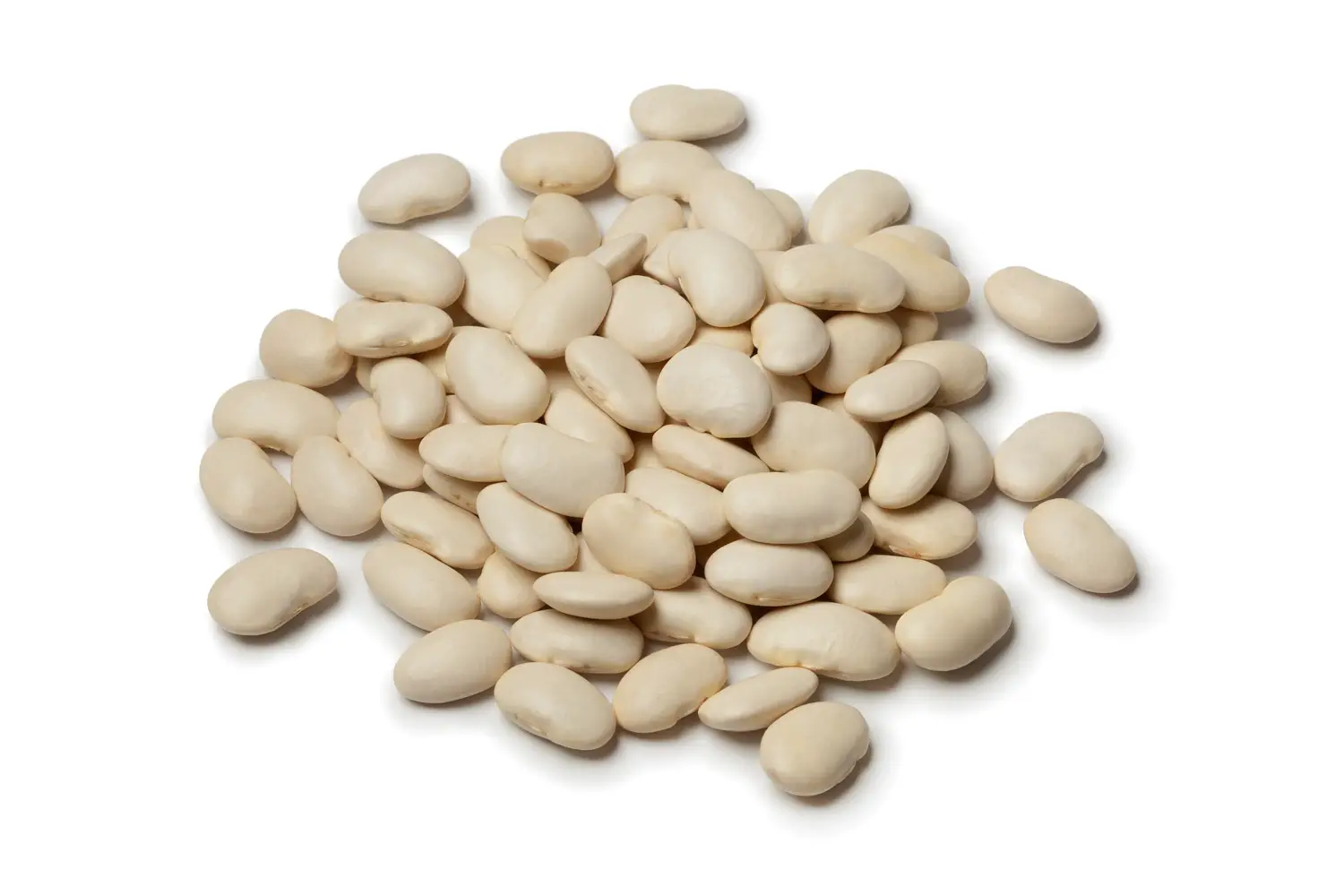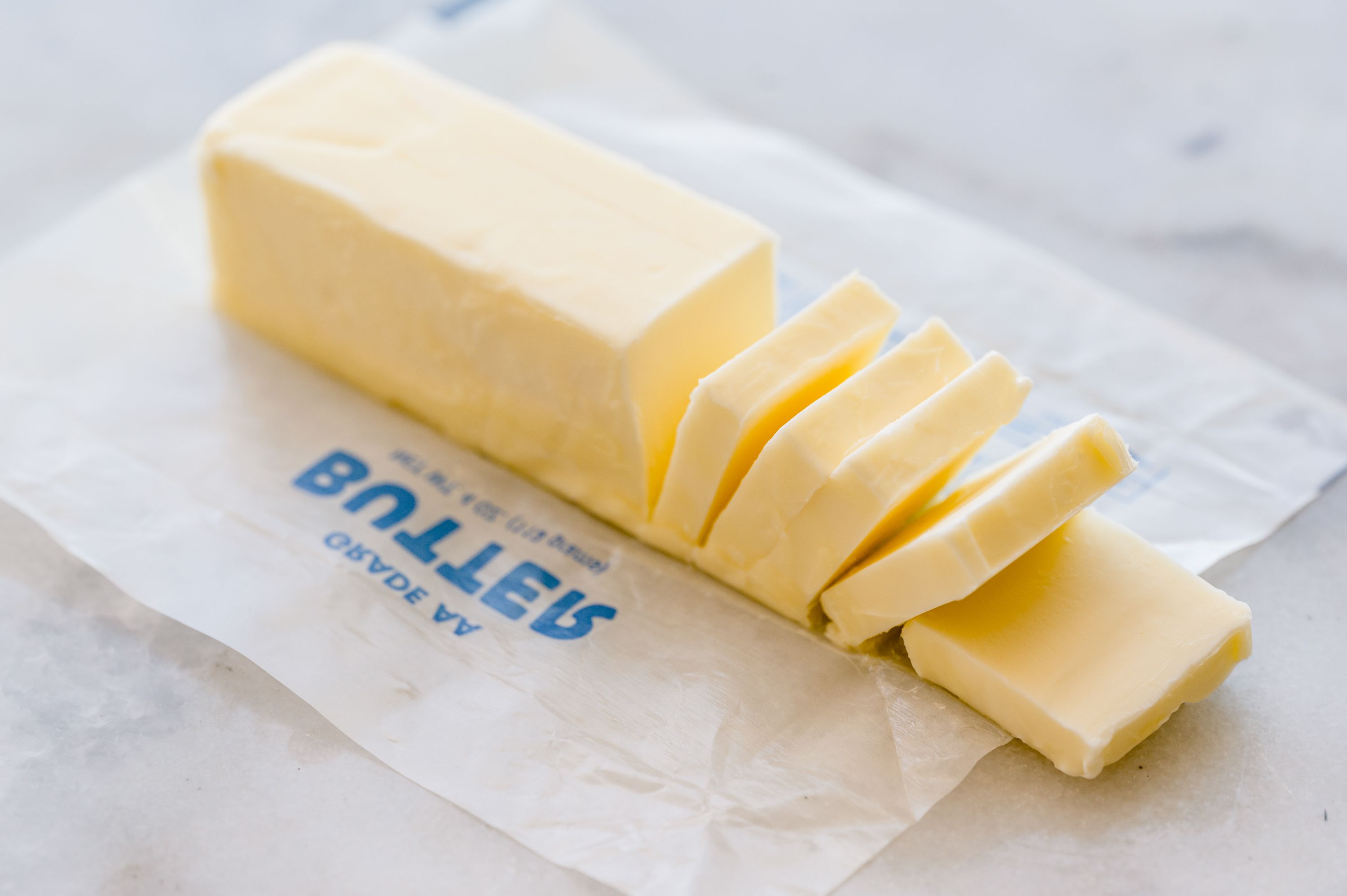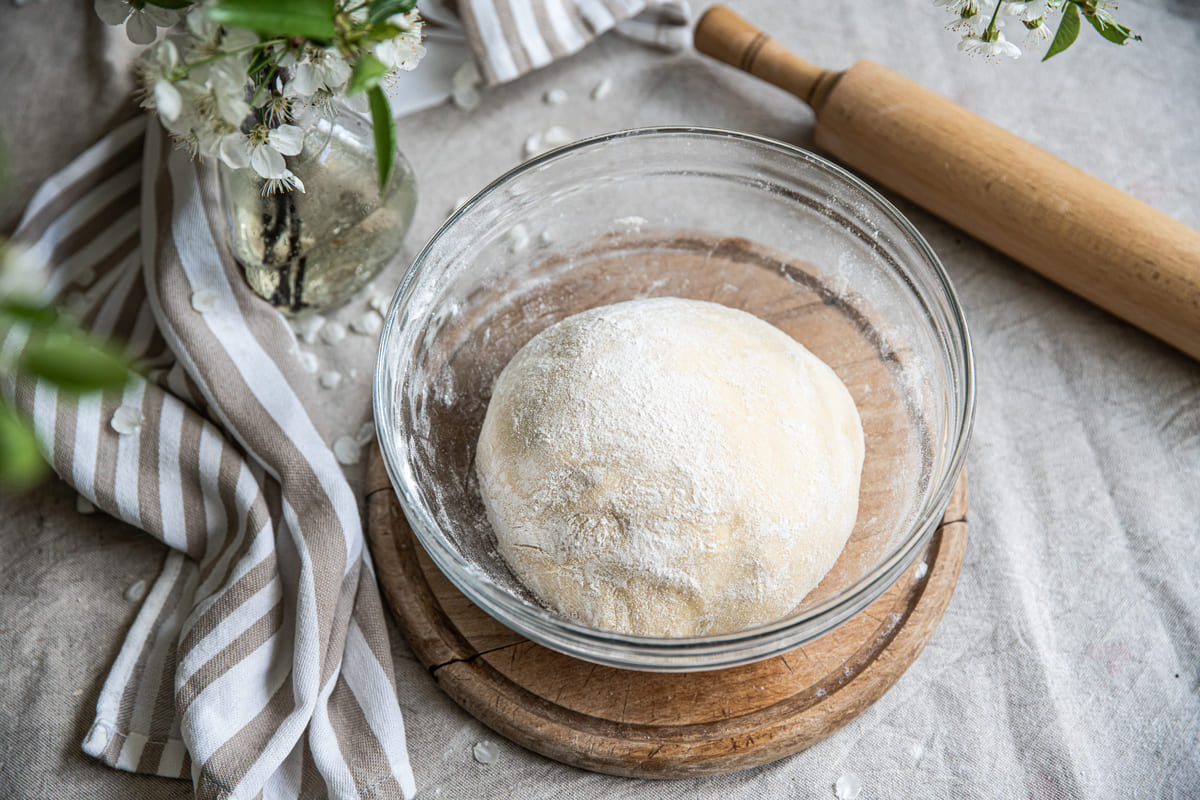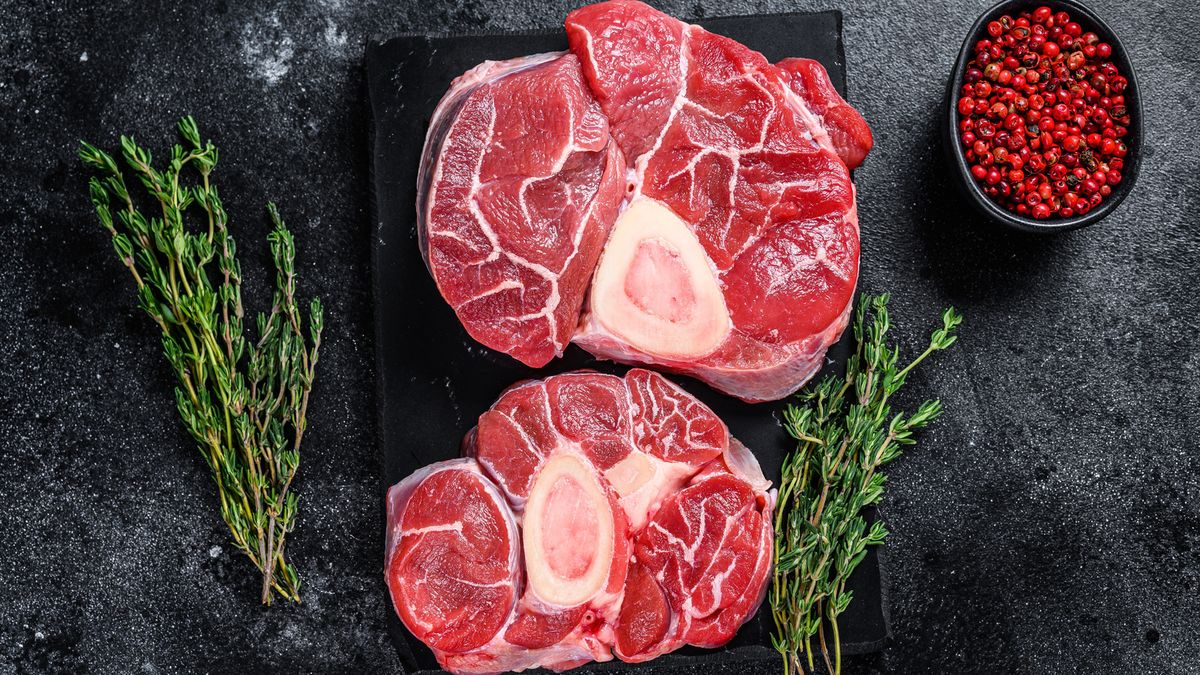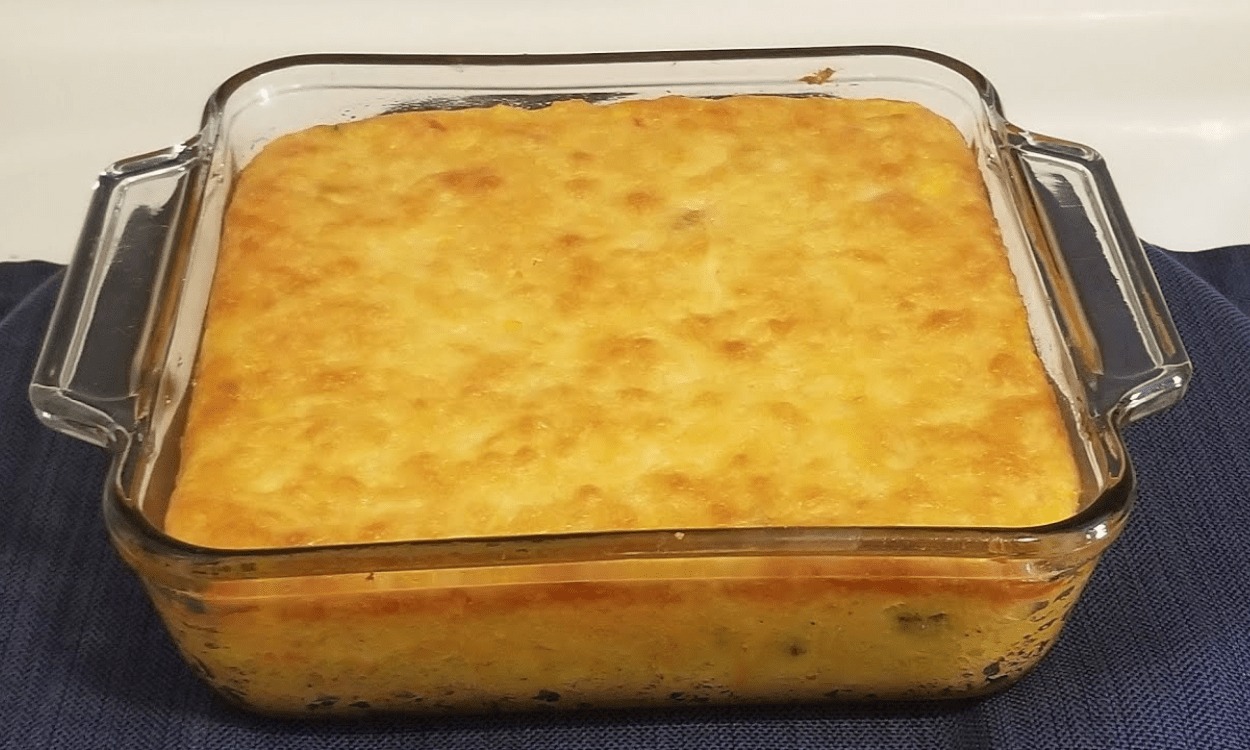Understanding Coulis in Cooking
When it comes to enhancing the flavor and presentation of a dish, coulis is a versatile and essential component in the culinary world. But what exactly is coulis, and how is it used in cooking? Let’s delve into the details of this flavorful and vibrant ingredient.
What is Coulis?
Coulis is a French term that refers to a thick sauce made from pureed and strained fruits or vegetables. It is commonly used as a flavorful and colorful accompaniment to various dishes, adding a burst of taste and visual appeal to the plate. Coulis can be sweet or savory, depending on the ingredients used, and it is a popular addition to both sweet desserts and savory main courses.
Types of Coulis
There are two primary types of coulis: fruit coulis and vegetable coulis. Each type offers a unique flavor profile and can be used in different culinary applications.
Fruit Coulis
- Berries: Berry coulis, made from strawberries, raspberries, or blackberries, adds a sweet and tangy flavor to desserts such as cheesecakes and ice creams.
- Citrus: Citrus coulis, crafted from oranges, lemons, or limes, brings a zesty and refreshing taste to dishes like panna cotta and fruit tarts.
- Tropical Fruits: Coulis made from tropical fruits like mangoes, pineapples, or passion fruit offers a tropical twist to desserts and cocktails.
Vegetable Coulis
- Tomato: Tomato coulis is a savory sauce that complements dishes such as grilled fish, roasted vegetables, and pasta.
- Pepper: Pepper coulis, made from roasted bell peppers, adds a smoky and slightly sweet flavor to meat dishes and appetizers.
- Spinach: Spinach coulis provides a vibrant green color and earthy taste, perfect for pairing with seafood or poultry.
Uses of Coulis in Cooking
Coulis serves as a versatile and flavorful addition to a wide range of dishes. Its uses include:
- Plating: Coulis can be drizzled or swirled on plates to add visual appeal to the presentation of a dish.
- Flavor Enhancement: It can be used to enhance the taste of both sweet and savory dishes, providing a burst of natural fruit or vegetable flavor.
- Accompaniment: Coulis can be served as a side sauce or accompaniment to desserts, meats, seafood, and appetizers.
- Marinade: It can be used as a marinade or glaze for meats and vegetables, adding depth of flavor and moisture.
How to Make Coulis
Making coulis is a simple process that involves pureeing and straining the fruits or vegetables to achieve a smooth and vibrant sauce. Here’s a basic method for creating a fruit coulis:
- Prepare the Fruit: Wash and chop the fruit, removing any seeds or pits.
- Puree: Place the fruit in a blender or food processor and blend until smooth.
- Strain: Pass the puree through a fine-mesh sieve to remove any pulp or seeds, resulting in a silky coulis.
- Sweeten (if desired): Add a touch of sugar or honey to sweeten the coulis, depending on the natural sweetness of the fruit.
For vegetable coulis, a similar process is followed, using vegetables instead of fruits. The resulting coulis can be stored in the refrigerator for a few days or frozen for future use.
In Conclusion
Coulis is a valuable and versatile component in the culinary world, offering a burst of flavor and visual appeal to a wide array of dishes. Whether it’s a vibrant berry coulis drizzled over a creamy dessert or a savory pepper coulis complementing a grilled entrée, this delightful sauce has the power to elevate the dining experience and leave a lasting impression on the palate.
So, the next time you’re looking to add a touch of color and flavor to your culinary creations, consider incorporating coulis into your cooking repertoire. Its versatility and impact are sure to make a memorable impression at the dining table.
Was this page helpful?
Read Next: What Is Cho Cho Chinese Food?
